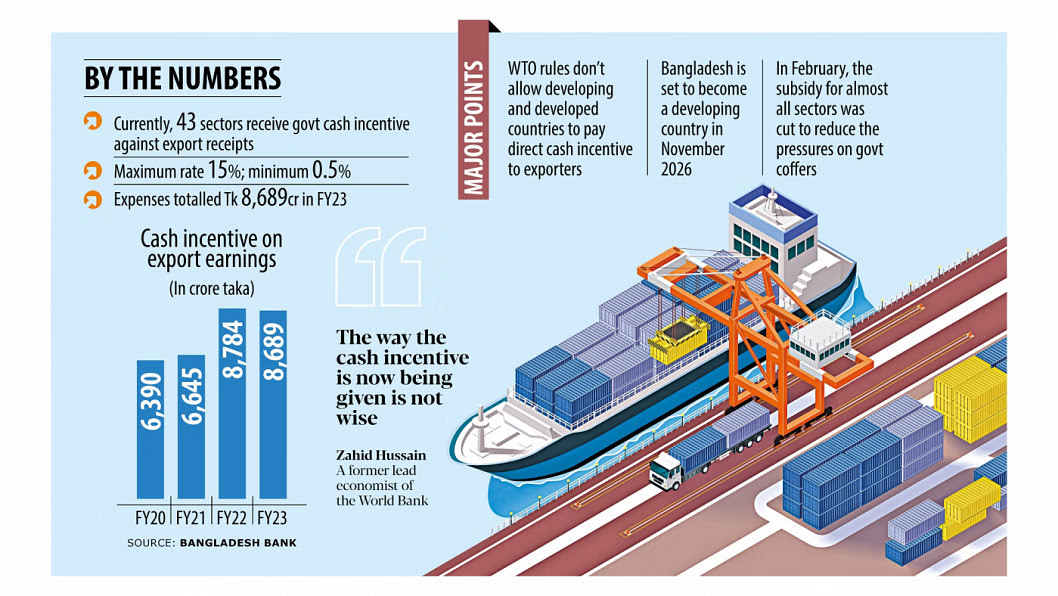Trade deficit crossed the $10 billion-mark for the first time in fiscal 2014-15 on the back of a wide mismatch between export and import growth.Last fiscal year, exports grew only 3.37 percent but imports accelerated 11.49 percent year-on-year, to take the trade deficit to $10.01 billion, according to the central bank.Bangladesh Bank has projected the trade deficit to widen further this fiscal year to cross the $13 billion-mark.The sluggish eurozone economy, the appreciation of the taka against the euro and the ongoing process for improving the working conditions as well as enhancing labour rights in the apparel industry, account for the slow export growth.On the other hand, imports registered a strong growth, leading to the widening of the negative trade balance.As the trade deficit widened and remittance growth slowed down, the current account balance dropped to $1.63 billion in the deficit from $1.35 billion in the surplus in fiscal 2013-14. The BB expects the current account deficit to increase further to $3.56 billion this fiscal year. Modest current account deficits are usual and desirable in growing economies, it said in the monetary policy statement released last week.Bangladesh’s current account deficit, which is less than 1 percent of the gross domestic product, is comfortably manageable and does not pose any risk at this moment, the central bank said. Rather, it indicates the growing demand for capacity building and more productivity in the economy, since more than 65 percent of the imports were capital machinery, intermediate goods and raw materials.In fiscal 2015-16, the BB expects 14 percent growth in imports, 7.5 percent growth in exports and 10 percent growth in remittances.An augmenting current account deficit will turn out to be a blessing in disguise for at least a year or two ahead when it comes to the exchange rate and reserves, it said in the MPS.Biru Paksha Paul, chief economist of the central bank, said if the rate of increase in import continues and exports fail to keep pace, the foreign exchange reserves would not increase much. As a result, the appreciating pressure on the exchange rate would not continue; rather, it would reverse and push the country towards a depreciating pressure. It will encourage exports, he added.The recent sustained pick-up in investment and consumption imports will ease appreciation pressures on the taka in the near-term and enhance its export competitiveness, according to the MPS.The growth rate of foreign exchange reserves will slow down and the import coverage will fall before reserves turn out to be a liability.The foreign reserves are projected to reach $26 billion this fiscal year from $25 billion a year earlier, but the import coverage will marginally fall from 6.2 to 5.7 months.Around six months of import coverage is generally deemed safe and comfortable for an emerging country like Bangladesh, it added.BB’s foreign exchange reserves have grown fast to a level generally deemed to be adequate.But it is yet to reach a level that could be viewed as excessive, if viewed against those of other developing economies.
RMG BANGLADESH NEWS
A Knowledge-based Initiative of Best Sourcing
Ready Made Garments sector is the key source of foreign currency and GDP for Bangladesh. Approximately 4.2 million people are dependent on the RMG sector for their bread and butter.
Ready Made Garments sector is the key source of foreign currency and GDP for Bangladesh. Approximately 4.2 million people are dependent on the RMG sector for their bread and butter.
Contact us: info@rmgcentre.com
© Copyright 2019 - RMG Bangladesh
















